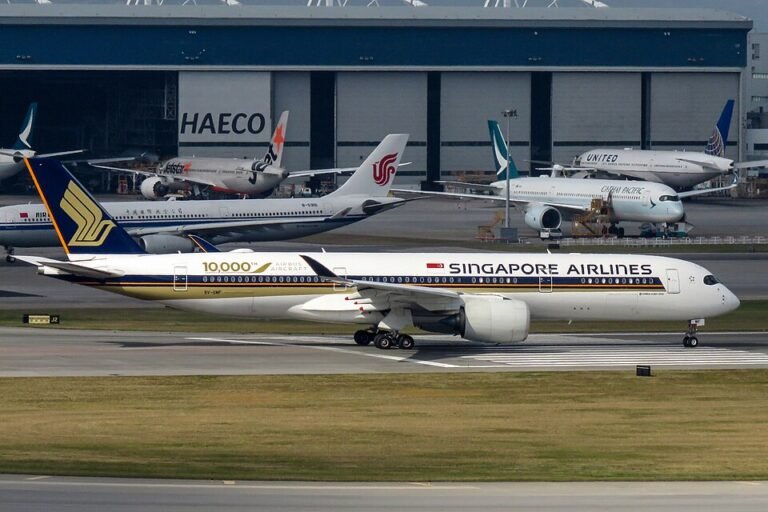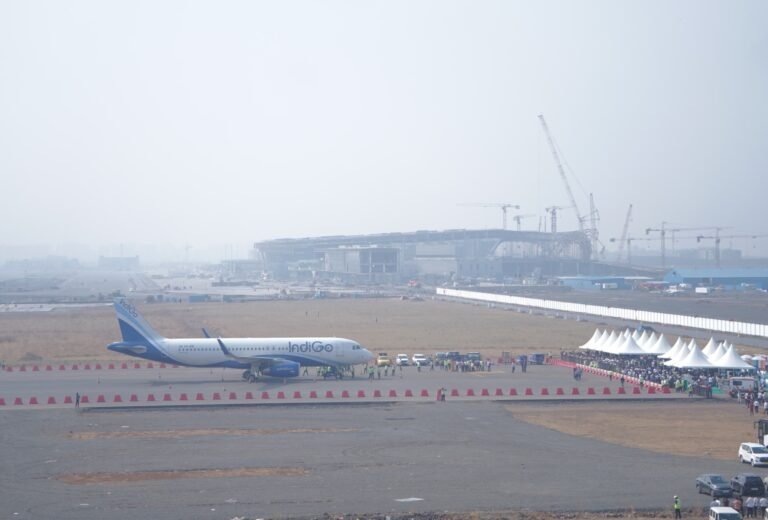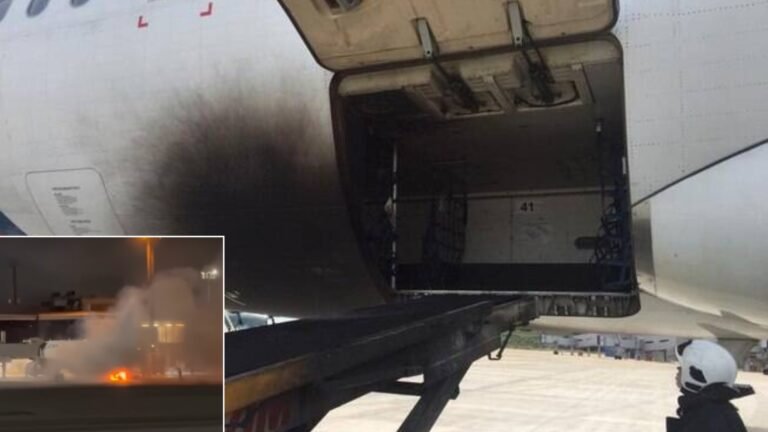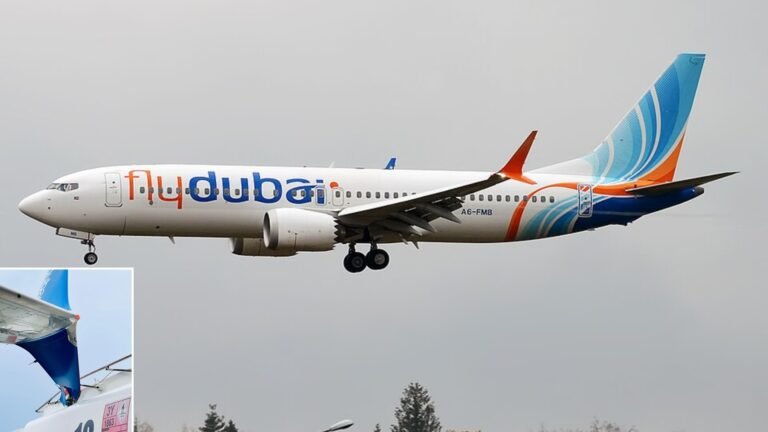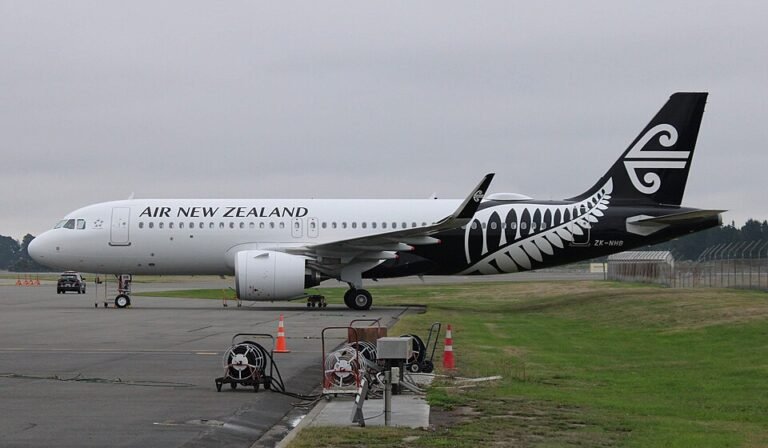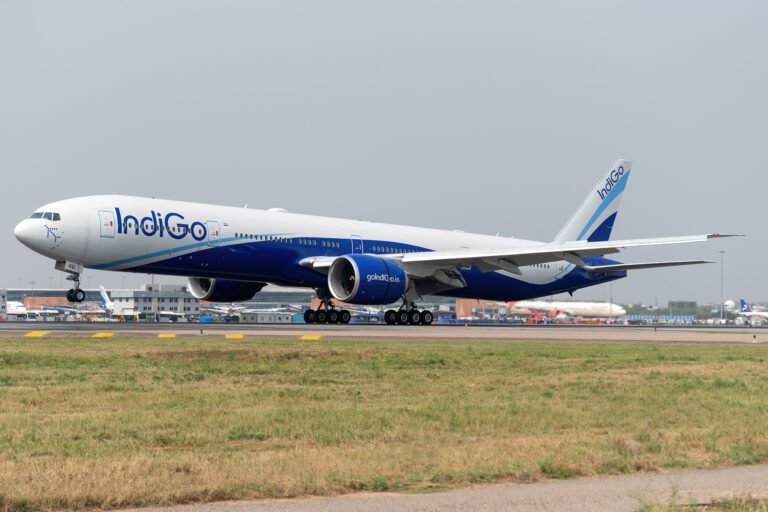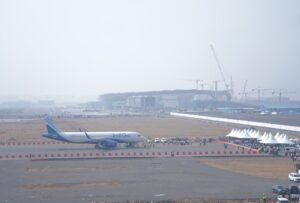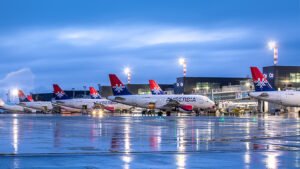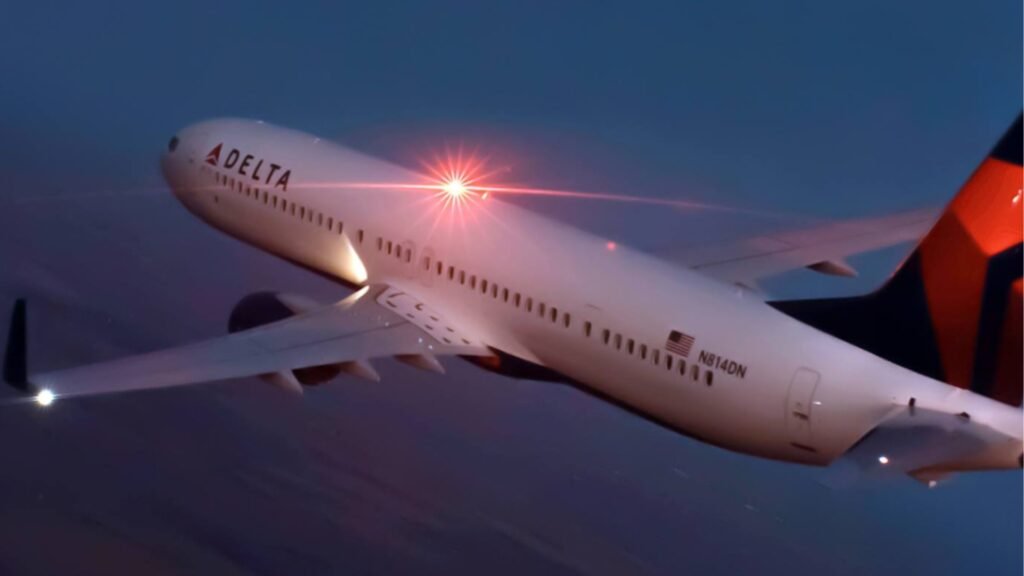
Atlanta, United States: A Delta Air Lines Airbus A330‑900neo enroute from Salt Lake City to Amsterdam was forced to make an emergency landing at Minneapolis–Saint Paul International Airport on Wednesday after encountering significant turbulence shortly after reaching cruising altitude, resulting in 25 injuries among passengers and crew.
Flight DL56 departed Salt Lake City at approximately 4:45 p.m. local time with 275 passengers and 13 crew members aboard. About 40 minutes into flight, while cruising at around 37,000 to 38,000 feet over Wyoming, the aircraft abruptly climbed roughly 1,000 feet, then dropped nearly 2,300 feet within 90 seconds
Pilots declared a medical emergency and diverted the aircraft to MSP, landing safely at around 7:45 p.m. local time. Emergency medical teams and airport fire crews were staged at the gate. Seven crew members and 18 passengers were taken to nearby hospitals for evaluation and treatment. By Thursday morning, Delta confirmed that all hospitalized individuals who shared their status had been released.
Passengers described chaos inside the cabin during the incident. Eyewitnesses recounted that service carts were launched into the ceiling, and unbelted travelers were thrown violently into the air before falling back to the cabin floor. A passenger told ABC affiliate KSTP, “If you didn’t have your seat belt on they hit the ceiling and then fell to the ground, the carts also hit the ceiling and people were injured,” adding that it happened multiple times and was extremely frightening.
The FAA and NTSB are investigating the event, Delta reiterated that safety is its top priority and that its Delta Care Team is working directly with affected travelers to meet their needs. The airline also stated that passengers will be able to complete their journey to Amsterdam on a dedicated flight scheduled for Thursday evening.
This incident comes amid a growing body of evidence linking turbulence-related injuries to climate-driven changes in atmospheric dynamics. A 2023 analysis by the University of Reading found that severe turbulence over the North Atlantic increased by 55% between 1979 and 2020, attributed to stronger wind shear and shifts in jet stream patterns. Aviation experts warn that such conditions may become more frequent, raising concerns about in‑flight safety.

